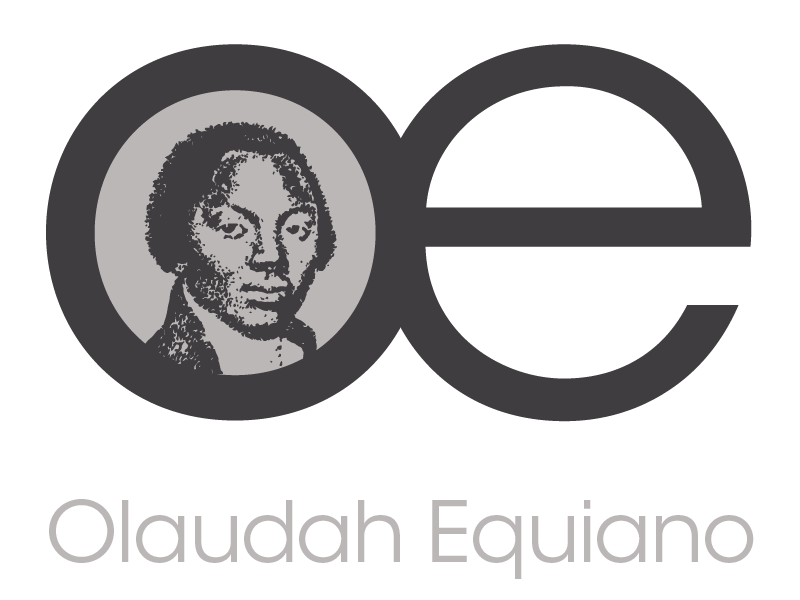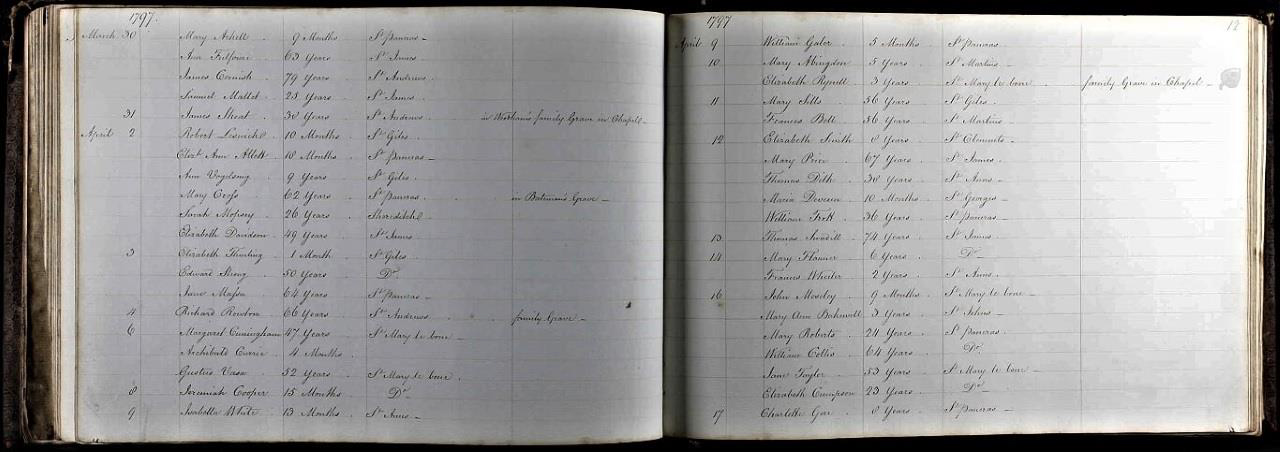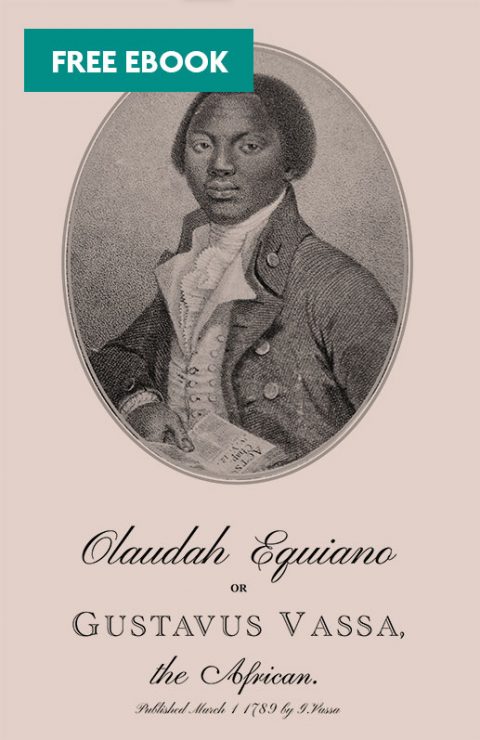EQUIANO AN EXTRAORDINARY LIFE – Articles on touring exhibition 2019
This page shows ‘Gustus Vasa’, ’52 years’; burial records held at London Metropolitan Archives
The Equiano Touring Exhibition which was launched in August 2019 is about Olaudah Equiano, or Gustavus Vassa, The African (1745-1797). It is a ‘first’ in terms of the personality, display, design and content. It features one of, perhaps the most famous 18th century African whose biography, The Interesting Narrative is considered to be among the ‘100 best English language non-fiction’ of all times (The Guardian, 7 August 2017).
The exhibition includes prints of ‘original woodcuts’ that trace his life in Igboland, Barbados, Virginia, England, Montserrat, to name but a few places. The venue is at a site where Equiano spent the latter days of his life and where we have found his resting place. 79A Tottenham Court Road, London, W1T 4TD has been the address of the American International Church since 1972, but before that, the new Whitefield Memorial Church’s address. The Church was rebuilt in 1957/1958 after it had been destroyed during WWII by a German V2 rocket on 25 March 1945. The building was named after Reverend George Whitefield (1714-1770) who established the Whitefield Tabernacle there in 1756 and it was where Equiano and other Africans attended services. ‘Gustus Vasa’, ’52 years’ appear in the burial records on 6 April 1797 and we assume he is Olaudah Equiano or Gustavus Vassa, The African. He was buried in a cemetery next to the Tabernacle. The touring exhibition pays tribute to him and commemorates 230 years of The Interesting Narrative.
The ‘woodcuts’ and associated ‘text’ (in his own words) summarise Equiano’s life, appealing to visitors who haven’t yet read The Interesting Narrative. The opening first eight panels cover his early life until the Seven Years’ War (1756-1763). Then there was a dramatic change when Pascal, his enslaver, sells Equiano at Deptford, South London, into further bondage on the island of Montserrat. It was an opportunity for ‘The African’ to become a salesman, earning enough money to buy his freedom for £40 and having extra money to organise a Manumission Dance in celebration of his freedom on 11 July 1766. His seaman years until the 1780s saw him working diligently, travelling around the world and, according to The Interesting Narrative, also becoming the voice for oppressed Africans. The book was a key instrument in the debate for the abolition of the so-called ‘Transatlantic Slave Trade’ (the trafficking of Africans). The Interesting Narrative became a best-seller from April 1789 and went into nine editions until 1795. On 7 April 1792, the author married Susannah Cullen at St Andrews Church, Soham, Cambridgeshire, and had two children, Anna Maria and Joanna.
‘The hybrid form of The Interesting Narrative replicates the profound uncertainty of the narrator. The text combines (in unequal parts) slave narrative, sea yarn, military adventure, ethnographic reportage, historical fiction, travelogue, picaresque saga, sentimental novel, allegory, tall tale, pastoral origins myth, gothic romance, conversion tale, and abolitionist tract, with different features coming to the fore at different times, and the mood vacillating accordingly. In style, it is alternately declarative, informational, sentimental, oratorical, exhortative, and admonitory, using different emotional registers to underscore the point, over and over, that “the slave trade [is] entirely at war with the heart of man”. It thus resembles many eighteenth-century novels (both American and European) in its first-person autobiographical narrative pretext while also fitting the generic conventions of many autobiographies of the time (again, both American and European) in its novelistic emphasis on self-creation. Like all autobiographies, it is not simply a rehashing of every incident in Equiano’s history but a conscious shaping of myriad life-events into recognizable plot patterns. This includes repeating (as if they were factual) such well-rehearsed “contact narratives” as the “Native’s” fearful encounter with whites whom he misconstrues to be cannibals (a storyline with a genealogy back -as far as Gulliver’s Travels) and the author’s clever astronomical predictions that frighten the “Natives” (in this case, Miskito Indians) into submission – a chestnut Equiano takes, with acknowledgment, from Columbus’s journals…’ Olaudah Equiano, Written by Himself, by Cathy N. Davidson, 2007).
August 2019

© Equiano 2023



